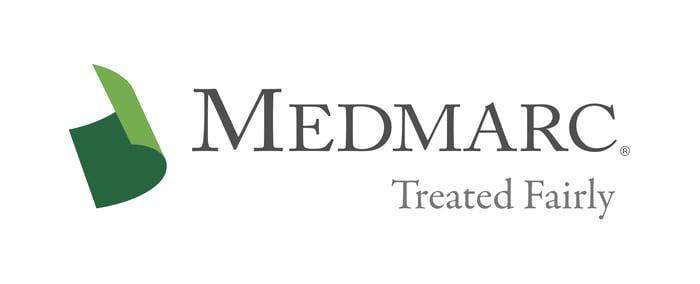FDA Guidance Addresses Definition of Counterfeit Devices
The FDA has published a draft guidance that explains the agency’s authority to destroy counterfeit devices, an authority the agency did not enjoy until passage of the Safeguarding Therapeutics Act of 2020. The legislation also required that the FDA provide a regulatory definition for “counterfeit device,” but industry should be aware that there is also an impending reorganization of the related portion of the regulation.
Thanks to Congress’s passage of the Safeguarding Therapeutics Act of 2020, the source of any counterfeit devices destroyed by the FDA will bear the cost of that destruction. The scope of the term “counterfeit devices” covers the device, the device’s container, and the packaging and/or labeling of the device. If any of these bears the trademark, trade name or other identifying mark of a legally authorized device without having been manufactured by the owner of that FDA authorization, or a licensee thereof, that device is deemed to be counterfeit.
Counterfeit devices have plagued the U.S. and other markets over the course of the COVID-19 pandemic, but prior to passage of the Safeguarding Therapeutics Act of 2020, the FDA was not authorized to destroy counterfeit devices. This authority has existed for counterfeit drugs for a number of years, however, and Congress was prompted to address the disparity after the U.S. market began to receive imports of shabby and counterfeit devices from overseas markets.
While the FDA has had the authority to block the importation of counterfeit devices, as well as to quarantine dangerous devices produced domestically, the agency typically had to return counterfeit devices to their source. The legislation eliminates this problem (and cost) along with the problems encountered with the practice of co-packaging counterfeit drugs with counterfeit devices. In that scenario, the FDA would not have been able to destroy the drug due to the lack of authority to destroy the device.
The draft guidance is intended to clarify how the FDA will manage its use of the term “device” going forward, a term that is used in a number of significant guidances and policy documents. The definition of a device is unchanged, but its location in the Food Drug and Cosmetic Act has, thanks to the way the Safeguarding Therapeutics Act of 2020 reorganized the Food, Drug and Cosmetic Act. Instead of being located at Section 201(h) of the Act, the definition of a device now appears in Section 201(h)(1), while the definition of a counterfeit device is listed at 201(h)(2).
The FDA said stakeholders should interpret existing references to Section 201(h) to mean the definition of a device as now located at Section 201(h)(1), including policy documents that describe enforcement discretion for certain devices and for some software that would ordinarily be regulated as a device. However, the agency has proposed to continue using the reference “Section 201(h)” to mean a legitimate device despite the reshuffling the definition under that section of the Act. Explicit references to counterfeit devices will consistently make reference to Section 201(h)(2), and thus stakeholders would have at least some clarity on the uses of these two references.
The agency recommends that device manufacturers and software developers adopt the same approach to terminology described in the draft guidance, for which the FDA will take comment through Feb. 14, 2022. However, the Safeguarding Therapeutics Act of 2020 is not the last word from Capitol Hill on counterfeit devices. Sen. Chris Murphy (D-Conn.) and Sen. Mike Braun (R-Ind.) have proposed legislation that would increase the cap on sentencing from 36 months to 120 months, a change the two senators said would have a significant deterrent effect.
Other parts of the legislation would raise the statutory cap from three years to 10 and relax the interstate commerce requirement for prosecution. As a consequence, mere possession of a counterfeit device with intent to sell would be deemed a criminal act under the Food, Drug and Cosmetic Act. Murphy and Braun are both members of the Senate Health, Education, Labor and Pensions Committee, which has primary oversight over many matters related to the FDA.
For additional resources contact the Marketing department
Phone: 888-633-6272
Medmarc is a member of ProAssurance Group, a family of specialty liability insurance companies. The product material is for informational purposes only. In the event any of the information presented conflicts with the terms and conditions of any policy of insurance offered from ProAssurance, its subsidiaries, and its affiliates, the terms and conditions of the actual policy will apply.
Copyright © 2024 - Medmarc
